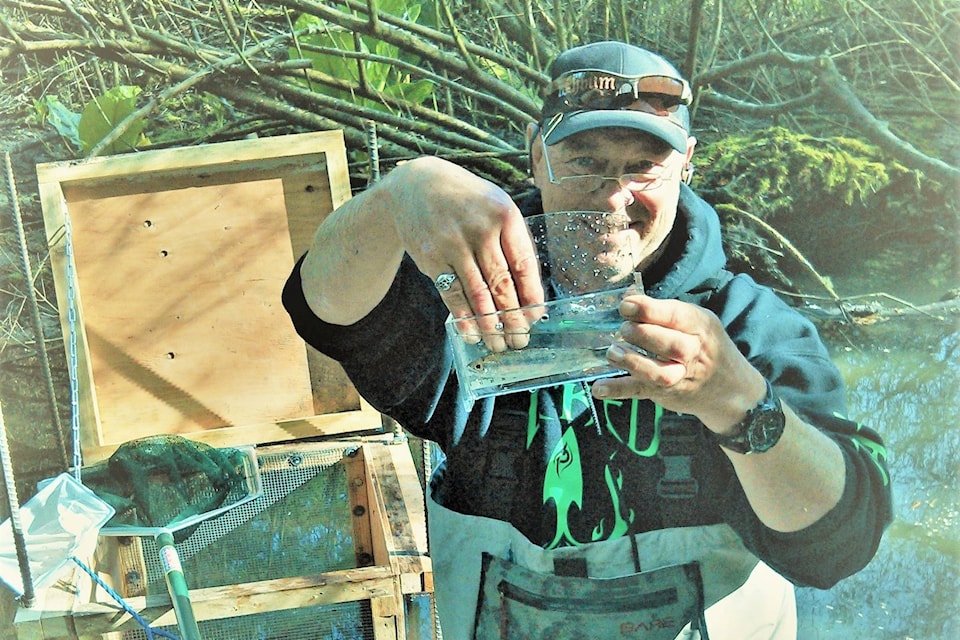Re: ฯใฝถสำฦตึฑฒฅ Jan. 2, 2021
The Public Fishery Alliance represents a broad base of recreational salmon fishing interests including anglers, guides, tackle shops, members of national and international fisheries commissions and advisory groups, retired Department of Fisheries staff and restoration and enhancement volunteers. The PFA advocates for public access to the salmon resource and sensible science-based solutions to restore BCฯใฝถสำฦตึฑฒฅs salmon and the fisheries that depend on them.
There are a number of areas of where the PFA is in agreement with the article:
- Key chinook stocks are in critical condition.
- Habitat issues are impeding chinook recovery.
- Community based hatcheries are part of the solution.
- Chinook have high cultural and economic values.
- Chinook are facing increased threats (Climate change, seal & sea lion predation & salmon farming).
- Recovery requires a balanced long-term solution that protects wild stock genetic integrity, and sustains fisheries to the extent possible.
However, there are areas in the article that concern the PFA.
The article makes references to what the public fishery wants. For example: ฯใฝถสำฦตึฑฒฅsport fishing groups are pushing for tagging of all hatchery chinook so they can more easily target the fish and potentially enjoy more openings.ฯใฝถสำฦตึฑฒฅ
Fishing is enjoyable, but thatฯใฝถสำฦตึฑฒฅs not why the public fishery supports adipose fin clipping all chinook production. It is for conservation reasons. A clipped adipose fin allows anglers to identify hatchery from wild chinook so that wild salmon can be released to spawn.
Angler organizations are not asking for more production from hatcheries except where required to meet crisis situations (Upper Fraser River chinook). They are asking for strategic production that benefits wild salmon while preserving angler participation and public fishing jobs through this difficult chinook recovery period.
Anglers lead conservation efforts by volunteering to restore salmon, funding salmon restoration, supporting Salmon in the Classroom programs, providing data (Avid Anglers), developing selective fishing technology and science based fishing plans with DFO, participating in Southern Resident Killer Whale (SRKW) research, rearing Chinook for SRKW food requirements (Sooke Chinook Initiative, Orca Food Security Program, and supporting Chilliwack Hatchery production increases for the same reason).
The article implies a causal relationship between hatcheries and poor performing salmon stocks. The PFA does not share this view. A review of the DFO 2021 Preliminary Salmon Outlook suggests that those conservation units that have benefited from a combination of enhancement and stream restoration have performed better than those which have not. Upper Fraser River Chinook are a stark example where hatcheries were closed or proposed ones cancelled.
PFA does not share the opinion that large facilities should be eliminated, as hatchery opponents are advocating. Their protocols should be targeted for strategic production based on mimicking natural rearing. The US has adopted this to protect against habitat loss and climate change.
Dr. Carl Walters, Professor Emeritus, Institute of Oceans and Fisheries, UBC shared the following thoughts on the topic of salmon recovery. ฯใฝถสำฦตึฑฒฅI remember those days during the 1980ฯใฝถสำฦตึฑฒฅs when biologists including me were blaming overfishing and promoting more restrictive regulations. While we were doing that the coded wire tag data were already showing severe decreases in first year ocean survival rates; we ignored those changes and that was really stupid. We then turned to blaming survival declines on hatchery production and competition between wild and hatchery fish, which didnฯใฝถสำฦตึฑฒฅt work out either ฯใฝถสำฦตึฑฒฅ hatchery production peaked in 1986 and survival rates kept decreasingฯใฝถสำฦตึฑฒฅ.
ฯใฝถสำฦตึฑฒฅ Tom Davis, Jason Assonitis, Adrian OฯใฝถสำฦตึฑฒฅBrien with the Public Fishery Alliance



